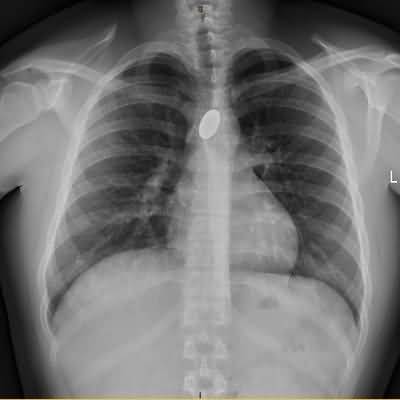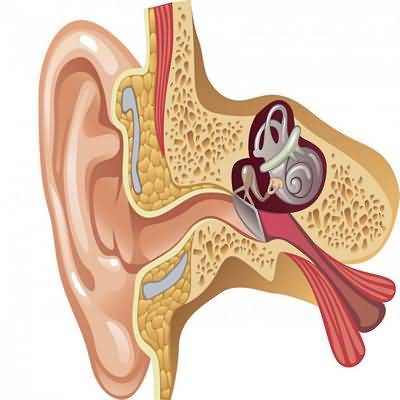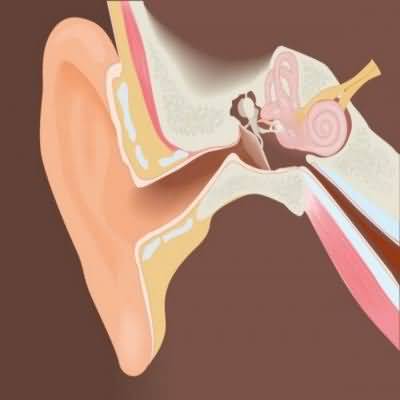esophageal foreign bodies
esophageal foreign bodies
Foreign bodies in the esophagus create urgent but not lifethreatening situations as long as the airway is not compromised
There is probably time to consult an experienced clinician for management
It is a useful diagnostic sign of complete obstruction if the patient is drooling or cannot handle secretions
Patients may often point to the exact level of the obstruction
Indirect laryngoscopy often shows pooling of saliva at the esophageal inlet
Plain films may detect radiopaque foreign bodies, such as chicken bones
Coins tend to align in the coronal plane in the esophagus and sagittally in the trachea
If a foreign body is suspected, a barium swallow may help make the diagnosis
The treatment of an esophageal foreign body depends very much on identification of its nature
In children, swallowed nonfood objects are common
In adults, however, food foreign bodies are more common, and there is the greater possibility of underlying esophageal pathology
Endoscopic removal and examination is usually best via flexible esophagoscopy or rigid laryngoscopy and esophagoscopy
If there is nothing sharp, such as a bone, some clinicians advocate a hospitalized 24-hour observation period prior to esophagoscopy, noting that spontaneous passage of the foreign body will occur in 50% of adult patients
In the management of meat obstruction, the use of papain (meat tenderizer) should be discouraged because it can damage the esophageal mucosa and lead to stenosis or perforation

















